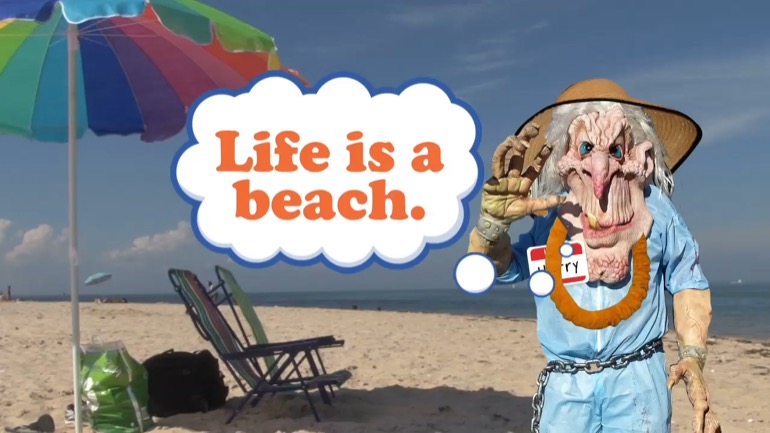A typical option pays off based on the difference between the actual price of an underlying asset (like a stock) and a particular strike price. Buy a call option with a strike price of $20 a share, and you're hoping that the actual price of the stock rises above $20. If it hits $25 on the expiration date, you make a profit of $5 a share.
A volatility swap works based on volatility rather than price. It's a forward contract that pays off based on the difference between the actual volatility an asset showed compared to the projected volatility as laid out in the derivative contract. This projected volatility works like a volatility strike. The swap acts as a bet that the realized volatility will be more than the volatility strike.
To give a little background, volatility measures the amount an asset's price moves around. A stock that stays in a range between $9.00 and $9.25 over a long period of time has very low volatility. Meanwhile, a stock that bounces around between $10 and $50 would have very high volatility.
Volatility doesn't care about direction. A big move up or a big move down...both represent a stock with high volatility. A volatility swap is just a bet on a certain amount of movement, without taking a guess as to...which way. It allows an investor to bet just on the size of the move, rather than predicting whether it will be up or down.
It's like asking someone to marry you on the third date. You're likely to get a big reaction one way or another...but it's tough to predict which way it will go.
Related or Semi-related Video

Finance: What is Volatility?77 Views
In finance allah shmoop what is volatility beta this thing
that's the symbol for volatility on the street we mean
the wall one not the mean one and it is
so commonly used that the in crowd members just say
beta when they're referring to volatility unless they're from tennessee
in which case they say you ve all y'all all
right so here's a siri's of stock prices stamped each
day that has lo ve all or low beta and
here's a siri's that has high beta dead man's pulse
versus rocky mountains Well what makes a stock volatile uncertainty
Think about it this way If everyone knew for sure
what a given stocks earnings would be for the next
ten years quarter by quarter and they also knew what
the overall markets average earnings would be in a few
other things like revenue growth and world conditions and we're
going to be war inflation there wouldn't be a lot
of guesswork The quote right unquote price today would be
thirty two dollars eighty three cents and the quote right
unquote rate of compounding would be eight percent in the
stock would slowly go up but this rate but in
non disney land riel life well nobody really knows much
of anything So stockcharts look like this and nerve endings
of wall street traders look like this Neither of them 00:01:19.771 --> [endTime] looked much like this chart So that's all you
Up Next
How does duration affect bonds (risk and volatility)? The longer the duration, or length of maturity in bonds, the greater the exposure that econom...
What is the U.S. Mint? The U.S. Mint is the only authorized company that can produce coins of US currency. The U.S. mint has coin production facili...
What is the Black Scholes Model? The Black Scholes Model is used to determine the price of call options. It looks at the change in stock price over...


